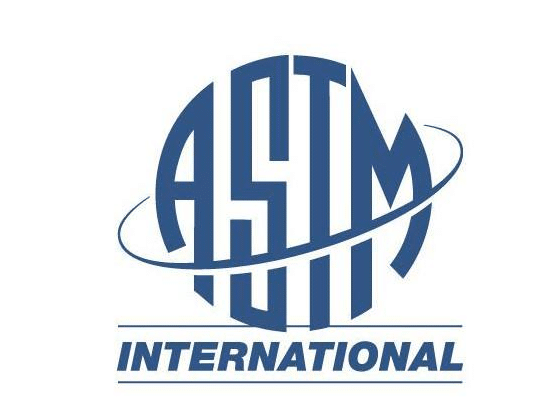In the ever-expanding landscape of research and industry, standards play a crucial role in ensuring consistency, reliability, and compatibility. Among the prominent standards organizations, ASTM International stands tall as a recognized leader. However, referencing ASTM standards can be a perplexing task, with nuanced guidelines and specific requirements. To demystify this process and empower researchers, professionals, and writers alike, this article serves as an extensive guide on how to reference ASTM standards accurately and effectively. By following a set of standardized practices, one can navigate the realm of ASTM references with confidence and precision, fostering credibility and enhancing the value of scholarly work.

When & Why Reference ASTM Standards?
ASTM standards are referenced in various industries and disciplines for several reasons. Here’s a breakdown of when and why you may need to reference ASTM standards:
- Research and Academic Writing: Scholarly articles, dissertations, and research papers often reference ASTM standards to ensure the accuracy, reliability, and reproducibility of research findings. By citing ASTM standards, researchers can provide a standardized baseline for methodologies, testing procedures, and quality control measures.
- Compliance with Regulations: Many industries, such as manufacturing, construction, and engineering, are subject to regulations and codes that require compliance with specific standards. Referencing ASTM standards allows organizations to demonstrate adherence to industry best practices and regulatory requirements.
- Quality Assurance and Certifications: ASTM standards are often used by companies seeking quality assurance and certifications for their products or services. By adhering to recognized standards, businesses can showcase their commitment to producing reliable, safe, and high-quality products.
- Technical Specifications and Design: Architects, engineers, and designers reference ASTM standards to establish technical specifications for various materials, components, and systems. These standards provide guidelines for design, installation, maintenance, and performance, ensuring the integrity and safety of structures and products.
- International Consistency: ASTM standards serve as a common language for global industries, facilitating communication, collaboration, and trade. Referencing ASTM standards helps establish consistency and compatibility between different countries and organizations, promoting uniformity in product specifications and performance.
- Legal and Liability Purposes: In legal proceedings and contractual agreements, referencing ASTM standards can provide a basis for defining obligations, responsibilities, and performance requirements. It helps establish industry norms and acts as a point of reference in case of disputes or liability claims.
How To Cite ASTM standards?
When citing ASTM standards, it is essential to follow a specific format to provide accurate and consistent references. Here is a step-by-step guide on how to cite ASTM standards:
1. Start with the standard title: Begin the citation by listing the full title of the standard. Include any relevant edition or revision numbers, as well as the specific sections or parts being referenced, if applicable.
2. Include the standard number: Provide the ASTM standard number, which typically consists of an alphanumeric code assigned to each standard. For example, ASTM D2240-21 gives you the standard number “D2240” and the year of publication “2021.”
3. Specify the publication year: Mention the year in which the standard was published or last revised. This helps readers locate the relevant version and ensures accuracy in referencing.
4. Add the standard issuing organization: Clearly state that the standard is published by ASTM International.
5. Provide the full citation: Below is a general format example for citing an ASTM standard:
Standard Title, ASTM Standard Number, Standard Issuing Organization, Publication Year.
For a specific example:
“Standard Test Method for Rubber Property—Durometer Hardness,” ASTM D2240-21, ASTM International, 2021.
6. Optional: Include a URL or database information: If the ASTM standard is available online, you can add a URL or specify the database from which it was accessed. This helps readers access the standard directly if it is publicly available.
7. In-text citations: When referencing an ASTM standard within the text of your article or paper, include the standard number in parentheses or as a superscript. For example: (ASTM D2240-21) or ASTM D2240-21.
Remember to consult the specific citation guidelines required by your institution, organization, or publication, as they may have additional formatting requirements or variations in citation style.